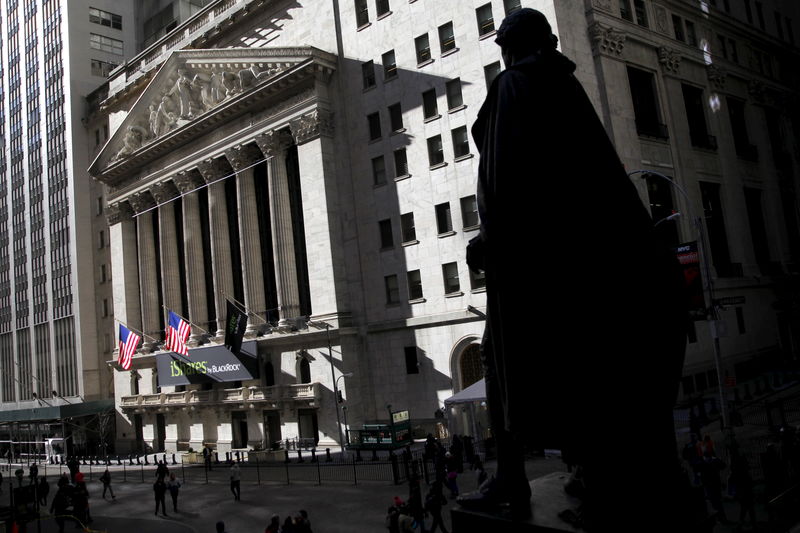Investing.com -- The S&P 500 surged 1.7% yesterday on hopes that the Federal Reserve's rate cuts will stave off a recession.
However, BCA Research warned in a note that long-term rates, which are more crucial to the economy than short-term ones, have actually risen since the Fed's recent meeting.
To provide perspective, BCA Research highlights what happened after similar 50 basis-point rate cuts in the lead-up to the last two recessions.
Both instances saw stock market gains immediately following the cuts, but they were followed by significant losses in the months ahead.
BCA explains that on January 3, 2001, the Fed delivered a surprise 50 bps rate cut four weeks before its scheduled meeting. The S&P 500 responded with a sharp 5.01% increase by the end of the day. However, they add that over the following three months, the index dropped 17.9%, and over the next 12 months, it fell 13.5%.
Meanwhile, BCA notes that similarly, on September 18, 2007, the Fed chose a 50 bps rate cut amid debates over whether the cut should be 25 or 50 bps. The S&P 500 jumped 2.92% on the news. But in the three months following that cut, the index declined by 4.3%, and over the subsequent 12 months, it plunged by 20.6%.
BCA Research analysts suggest that while rate cuts may fuel initial stock market gains, caution is warranted, as on previous occasions, those gains have often been followed by significant downturns in the past.
